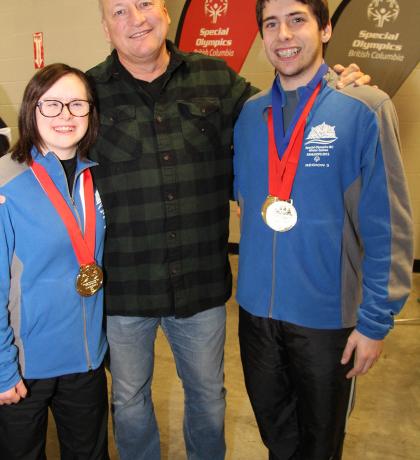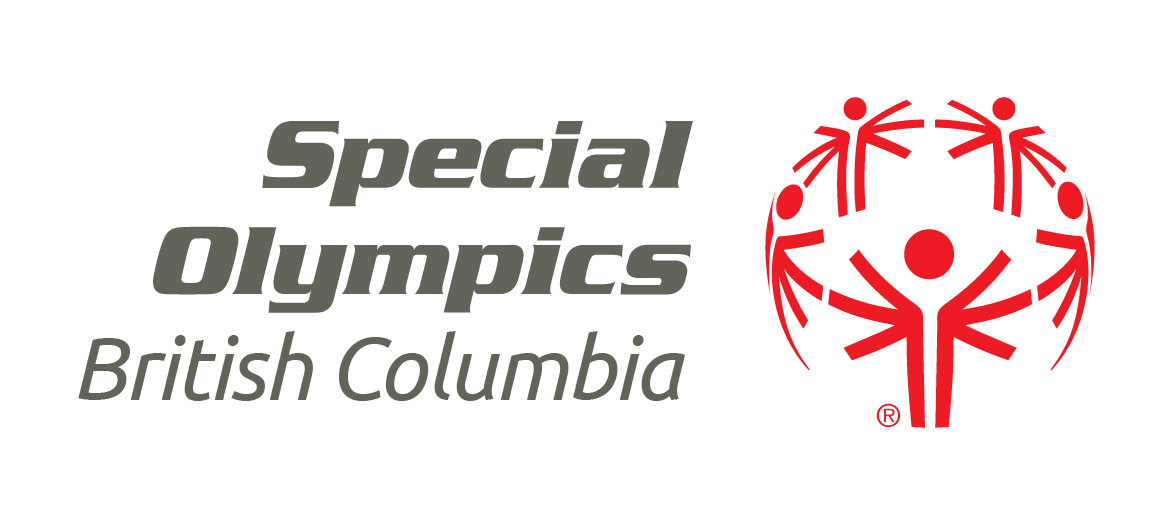
By Jacques Thibault, Special Olympics BC Sport Consultant
Jacques Thibault, an internationally recognized training and speed skating expert with a Master’s degree in science, works with Special Olympics BC athletes and coaches to help empower them to be their very best.
AEROBIC CAPACITY
Aerobic capacity – oxygen required – is a measure of the ability to endure hard and prolonged tasks that are of submaximal intensity. Aerobic capacity is typically measured by the maximal volumetric rate of oxygen consumed per body weight – using the symbol V02 max.
RELEVANCE TO PERFORMANCE
Aerobic capacity is an indicator of the workload your body can handle in longer events. Increasing VO2 max increases the amount of work your muscles can perform for an extended period of time.
In speed skating, for example, a person with a lower VO2 max may skate faster than a person with a higher VO2 max because the former person has greater strength. High aerobic capacity helps in long distance events, it decreases the time of recovery between training sessions, help athletes sustain more repetitions during training sessions and also allows more training sessions each month during the entire season.
Special Olympics athletes need a good aerobic capacity for sports such as soccer, long distance running, swimming, floor hockey, snowshoeing, and many others.
After about three minutes of continuous exercise, the aerobic system supplies most or all of the energy to the muscles. A continuous supply of oxygen and fuel is necessary for the aerobic system to operate.
The oxygen requirements of the body increases as the workload increases. There is a limiting rate when oxygen can no longer be transported and used by the muscles any faster – known as the VO2 max.
The VO2 max represents the highest possible workload you can sustain for longer than three minutes. Oxygen consumption is dependent on the oxygen transport system (lung to blood, blood through the heart to limbs, blood to muscles) and the muscles capacity to use oxygen.
VO2 Max.
VO2 max tests that measure the amount of oxygen consumed directly require expensive equipment. However, VO2 max can be estimated from a shuttle running test called Leger-Boucher or Beep Test. This inexpensive and easy to use test can be administered to many athletes at the same time where each stage of the test is assigned a number – which is correlated to a predictive estimate of VO2 max. This test is frequently used in SOBC performance camps.
Analysis
Analysis of the results is by comparison with the results of previous tests. It is expected that, with appropriate training between each test, the analysis would indicate an improvement and eventually reach the targets set for each sport.
AEROBIC TRAINING IMPROVEMENTS
In general, VO2 max is an inherited trait. However, VO2 max may sometimes be increased by 10 to 20 per cent with training. If endurance type training is performed during adolescent growth spurts, additional increases in VO2 max is possible.
The adolescent growth spurt (usually 10-and-a-half to 13 years-old for females, and 12-and-half to 15 years-old for males) has been called a critical time for the development of maximal aerobic capacity.
Aerobic capacity is one of the major foundations of SO and healthy living. Although a high VO2 max is not a good predictor of performance, an adequate level (as shown in the beep test results) is necessary for anaerobic work-outs and high training volume recovery. We recommend minimum levels of seven for ladies and nine for men (Leger-Boucher) as a training target for most SO athletes.
It is estimated that aerobic type training can be done every day, can easily be sustained for long period of times without risk of overtraining and will be a very good way to control weight.
